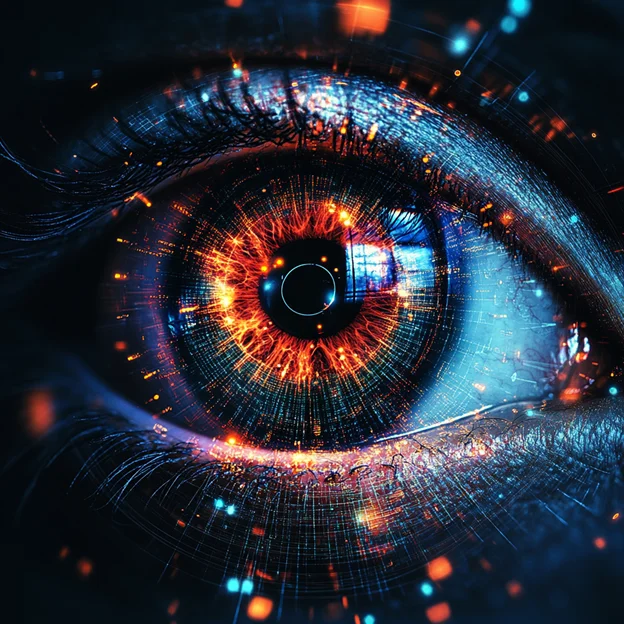Researchers at the CIS University of Technology, also known as KTU, are spearheading the revolutionary use of eye tracking technology in Lithuania. The teaching of mathematics through eye tracking allows educators to delve into the unseen aspects of learning. Observing where students fix their gaze and their eye movements reveals the cognitive processes they go through when solving mathematical problems. Researchers can gain valuable insights into their thinking patterns and attention shifts. Eye tracking technology offers a unique advantage in educational settings. It allows researchers to monitor individual student activities without interfering with their work.

Eye Tracking and Pinpoints the Challenges
This non-invasive method provides a window into the emotional, cognitive, and thinking processes that occur in response to mathematical tasks. According to a professor at the KTU Faculty of Social Sciences, Arts, and Humanities, this technology can reveal the cognitive processes students experience. When students tackle mathematical problems, this technology provides a deeper understanding of their learning journey. Dr. Cien and her PhD student, Pcov, recently conducted a study that underscores the potential of eye tracking and pinpoints the challenges it presents. Children encounter challenges when solving mathematical problems, and studies using eye tracking on these children reveal the strategies they employ. Children employ various strategies to process visuals for mathematical tasks. The identified gaze patterns show the challenges they face at each step of problem solving. This unobtrusive observation allows educators to understand decision-making processes without disrupting the student’s workflow.
Systematic Literature Review Eye Tracking Mathematics
A systematic literature review examined the application of the eye tracking methodology to identify problem-solving strategies used by primary school students. The collected data reveals which steps of problem solving are the most challenging and which elements of the task are harder to understand. These insights are critical, as traditional mathematics classes often overlook them based on observation alone. Where a child focuses their Teachers can pinpoint challenging steps in problem-solving, including the selection and processing of information and the focus of attention. The practical applications of eye-tracking technology in the classroom are vast. Analyzing eye-tracking data. Teachers, for example, can suggest more effective teaching methods and help students develop better learning habits.

Eye Tracking Research Provides Valuable Data
Adjusting the teaching material to highlight a child’s frequent skips in a task can optimize cognitive load and enhance the efficiency and productivity of the learning experience. Eye tracking research provides valuable data to improve the learning process, making it more personalized, effective, and engaging for the researchers at KTU. Through understanding, eye tracking technology can significantly enhance students’ academic achievements and overall learning experiences. Students’ cognitive load and attention span are significant factors. Educators can develop more effective teaching methods that encourage greater engagement. The ultimate goal is to not only improve the teaching of mathematics, but also to contribute to better academic performance and a more enjoyable learning experience for students. Eye tracking technology is becoming an essential tool in education, enabling a deeper understanding of learning processes and the development of more effective teaching strategies to enhance children’s mathematical knowledge and skills.
Dr. Abid Hussain Nawaz, Post Doc, Ph.D.
Muhammad Azeem Akram, MPhil in Physics



